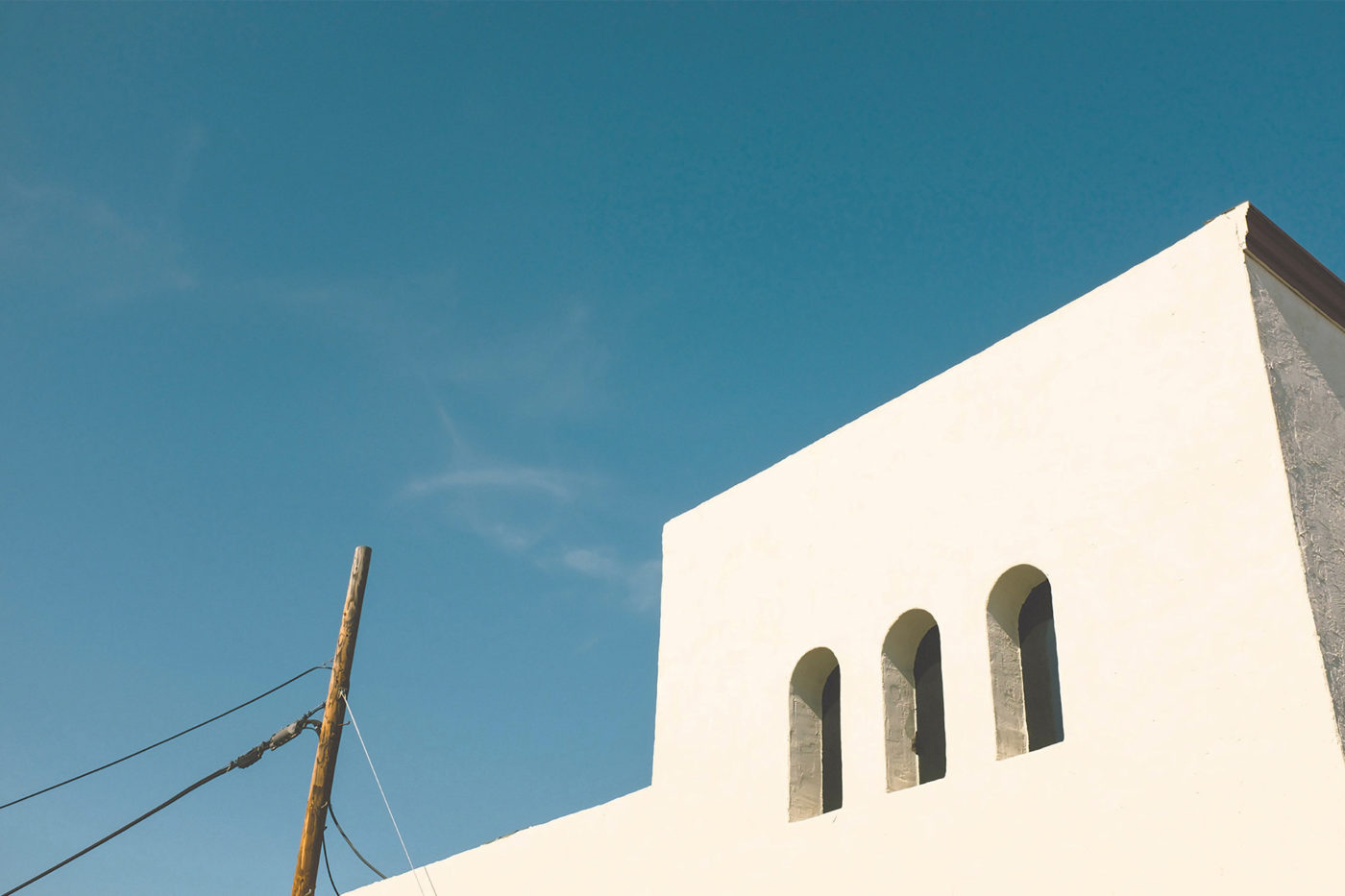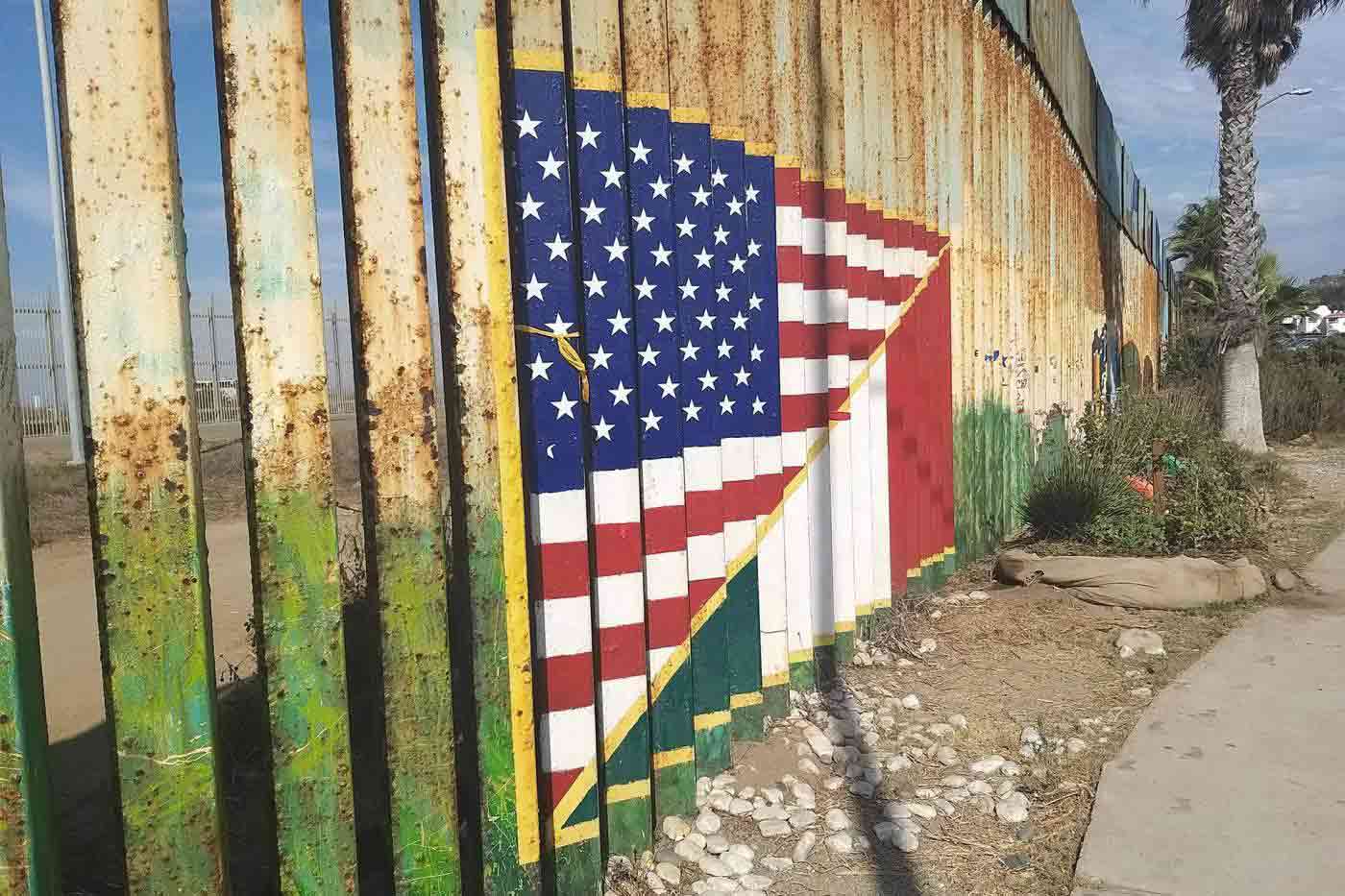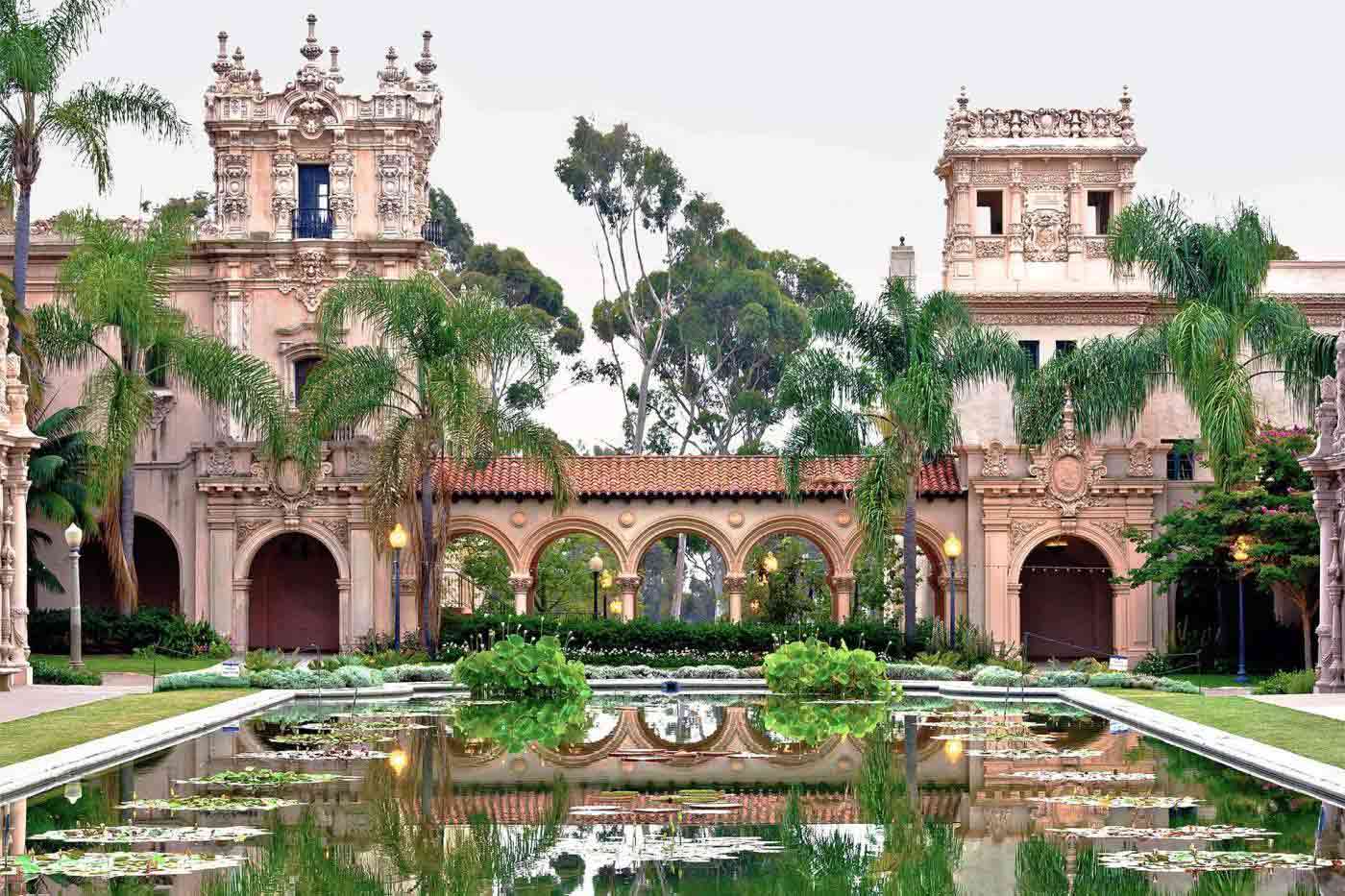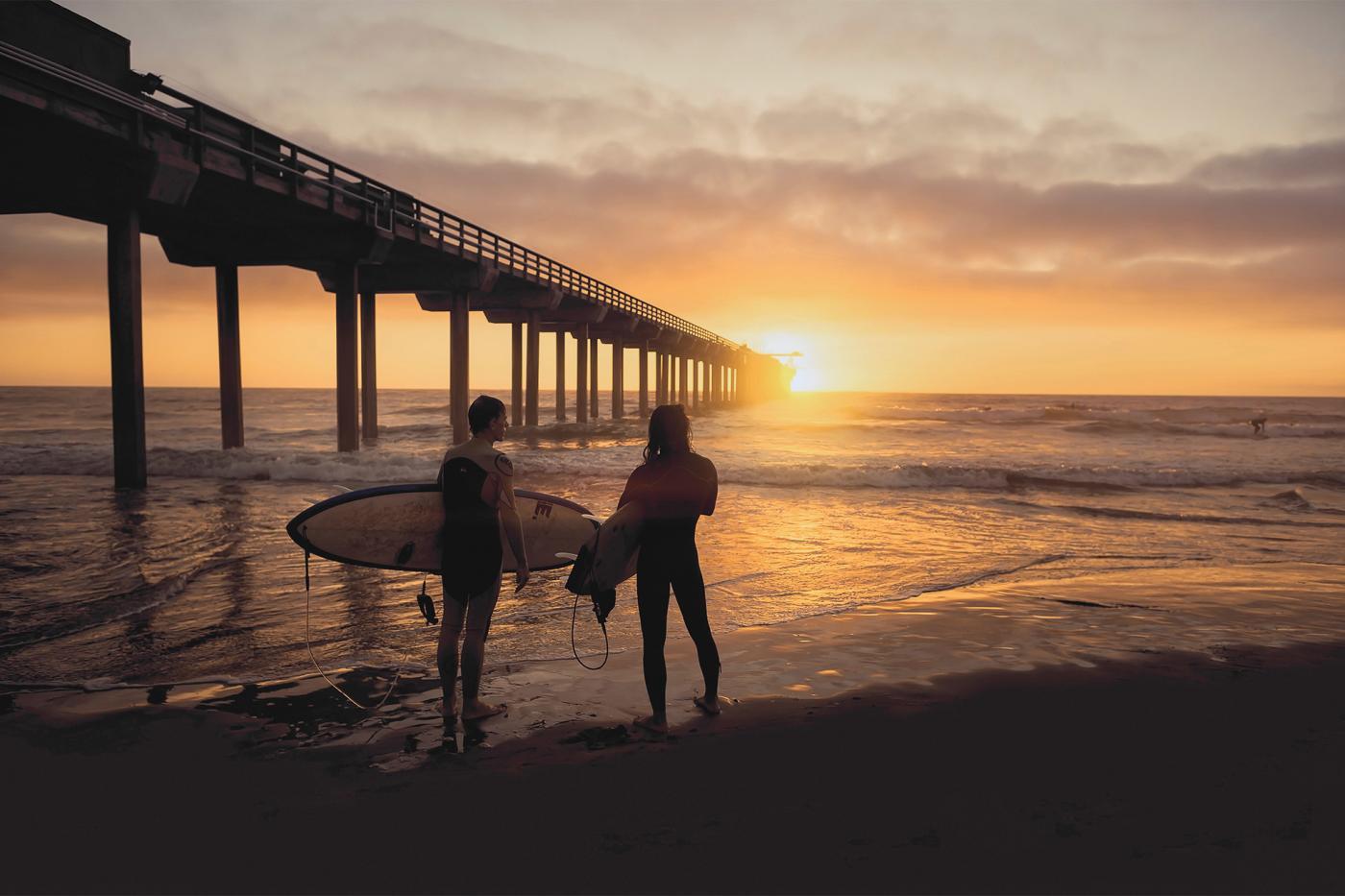When the junk yards and repair shops moved in, neighbourhood resentment started to simmer. Later, a long-promised community park, to be located under the jungle of concrete pillars, was approved but never realised. So, when bulldozers arrived on 22 April 1970 to build a parking lot, a local Mexican-American student raised the alarm. Fury spilled over and a takeover of the area by residents and activists ensued, lasting 12 days. During the protest, spontaneous planting of cactus gardens and mural painting began.
Chicano Park ultimately came into existence and is now an exceptional eight-acre park, as well as a nationally recognised historic landmark. In its centre is the Kiosko, a structure reminiscent of Aztec and Mayan architecture which indicates the community’s roots. Significantly, it has the largest concentration of mural painting in the country. Since the protests of 1970, important local artists, such as Salvador Torres and Mario Torero, have turned the concrete pylons into works of art. Mario still lives near here and his extensive work includes a spectacular self-portrait and a divine image of La Virgen de Guadalupe, the Catholic patron saint of Mexico.
Though Chicano Park and this barrio have had their challenges in the past, the energy these days is positive. This is a neighbourhood that embraces Mexican culture and shares its traditions throughout the city. Logan Avenue is home to hip coffee shops like Por Vida, quirky retail outlets and enchanting murals. There’s an upbeat feel to the place and the residents are proud of their community and genuinely welcoming.
I’m warmed by the stories of minority communities making a place their own and brandishing their culture, but gentrification is inevitable for Logan Avenue, as it bears a close resemblance to the OutThere neighbourhood over at Hillcrest. Formerly thought of as a pink ghetto, Hillcrest is brimming with stories, at least for those who care to discover them: with the exception of a scattering of rainbow flags, there are few reminders of its vibrant occupants today. It’s now an affluent district, upmarket and nearly indistinguishable from other swish areas of San Diego, until after dark, when University Avenue has a buzz and a young, exciting vibe. As on Logan Avenue, all manner of fun-seekers flood in for a taste of local culture – a boozy meal, including something as quintessentially American as a Caesar salad perhaps, although this is actually a dish that was first made in Tijuana and brought back by border-hoppers cheating Prohibition in the US in the 1920s and 30s.
The border and the bridge
There’s a lot to uncover when it comes to Mexican-American culture in San Diego, but as I’ve come all this way, I’m keen to reacquaint myself with the friendly locals just over the border in Mexico. Tijuana (aka TJ) is a fascinating place to visit, though for obvious reasons there’s currently much more restriction to the flow of people into and out of Mexico than before. But, if your documentation is in order, the simplest option is to walk across the new PedWest bridge located near the outlet malls on Virginia Avenue in San Ysidro.
Like its Californian cousin, TJ has scrubbed up well and is certainly more developed and attractive than previously. Cardboard shacks no longer appear along the riverbed and much of the cacophony and chaos seems to have disappeared. There are, however, a great many desolate-looking folk who, I’m told, are deportees unable to get back to their homelands. A desperate situation.
The thing about TJ is that it throws up much controversy about the border. Many living here no longer notice it, even though the wall/fence not only bisects the land but actually carries on from the beach well into the surf. Just beyond the slatted barricade on the US side are wetlands with patrol vehicles always visible. For a few hours at the weekend, families on either side are allowed to speak to each other through these slats. Look for the V-shaped monument erected in the 19th century at the end of the Mexican-American war which shows where the border between Alta and Baja California was first delineated.
Building bridges, not walls
San Diego and Mexico, while separated, share a lot. American-Mexican relations might be uneasy in Washington, DC, but the overwhelming majority of people in San Diego see the proximity of Mexico as enormously positive. I’m encouraged that its Latin influence is finally being teased out of the shadows, with the hospitality industry paving the way. The food scene is diverse and visitors should seek out tucked-away taquerias, authentic restaurants and bars found everywhere throughout the city.
For the traveller looking for authentic America, San Diego comes into its own as a unique destination, showing signs of differentiating itself from other cities. On the flip side, the economic upswing and influx of wealth might be signalling a move toward unwanted homogenisation. I hope not, since there is so much to experience here that’s authentic. Many travelling from the north may get no further than the beauty spots at San Diego’s outskirts – La Jolla, Balboa Park and Mission Bay – but they’re missing out. The beating heart of the city for me is its quirky Gaslamp Quarter, which I once feared. But alongside that are artistic neighbourhoods such as Chicano Park, the harbour with its military and historic vessels and, though it’s separated by political borders, the frontierland, where so much is shared culturally. In San Diego, there are a thousand lessons that can be learnt.
Known on social media as The Roaming Scribe, Lynn is a freelance writer and photographer who focuses on adventure travel and cultural topics for newspapers, consumer magazines and websites. Her journey through California was made easier by www.rentalcars.com.
For more information on San Diego, visit www.sandiego.org.
Photography by Lynn Houghton, Danny Englander and Frank McKenna via Unsplash as well as Dancestrokes/iStock by Getty Images
Get out there
Do…
… descend on University Avenue early to get a prime seat for San Diego’s Pride parade in July. www.sdpride.org
… check out The Blind Burro for the best churros in town and astonishingly good side dishes (corn!) to go with Baja-style burritos and enchiladas. www.theblindburro.com
… check out LGBTQ life. Flicks is possibly the city’s best gay bar, but the nearby Hillcrest Brewing Company is being proclaimed as the first-ever ‘out and proud’ gay brewery. www.sdflicks.com / www.hillcrestbrewingcompany.com
Don’t…
… miss out on the Centro Cultural de la Raza in Balboa Park if you’re interested in Chicano and Chicana art. www.centrodelaraza.com
… forget to organise a locker at Tahona. Located on San Diego Avenue in Old Town, the bar has a depository where you can stash your own personal mezcal collection. www.tahonabar.com
… ignore the shopping downtown. The Headquarters at Seaport District on West Harbor Drive has authentic shops and eateries with a historic flare. www.theheadquarters.com









